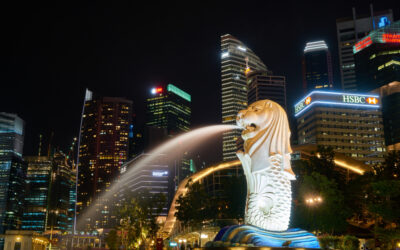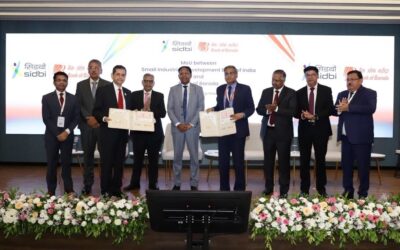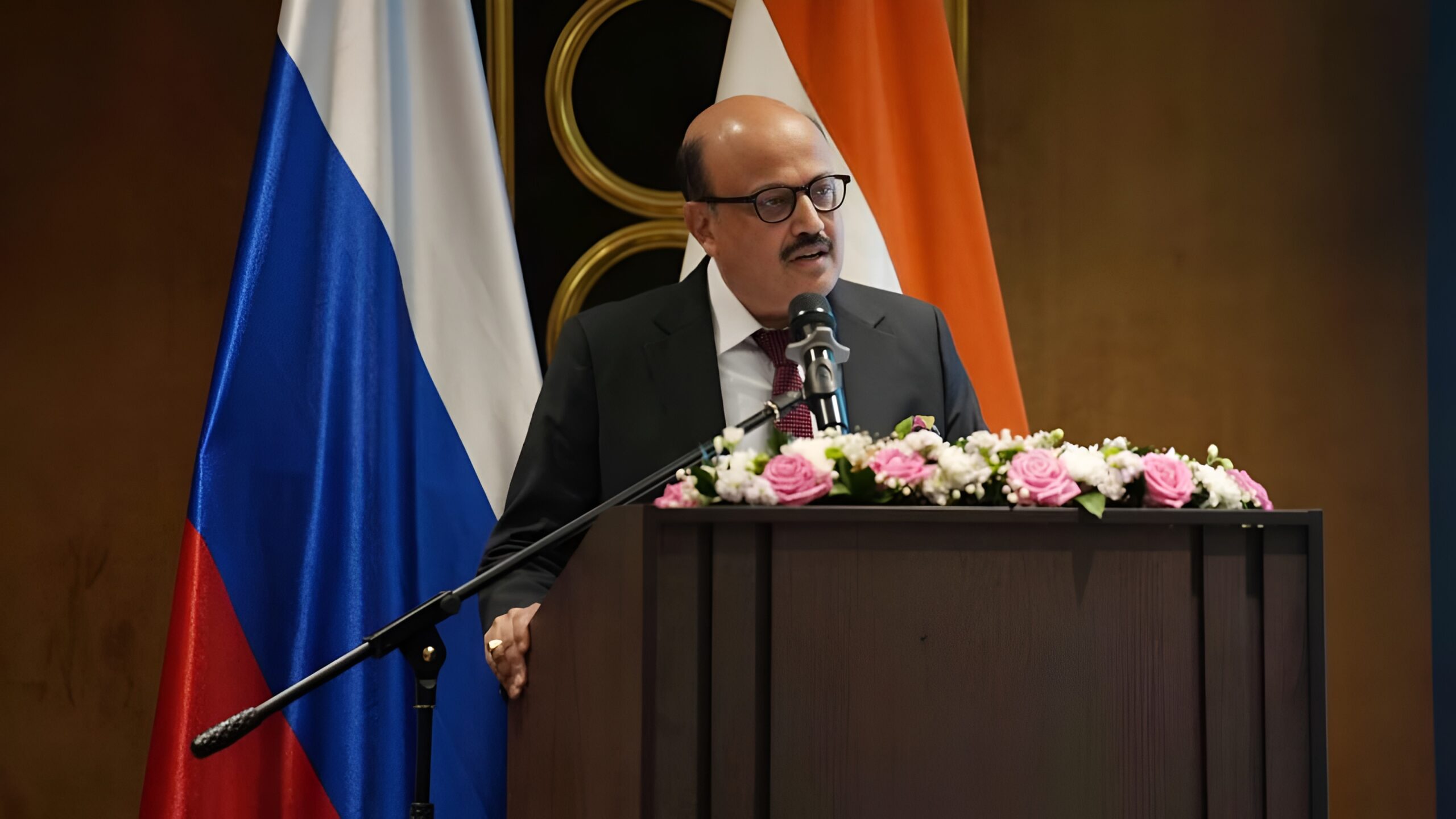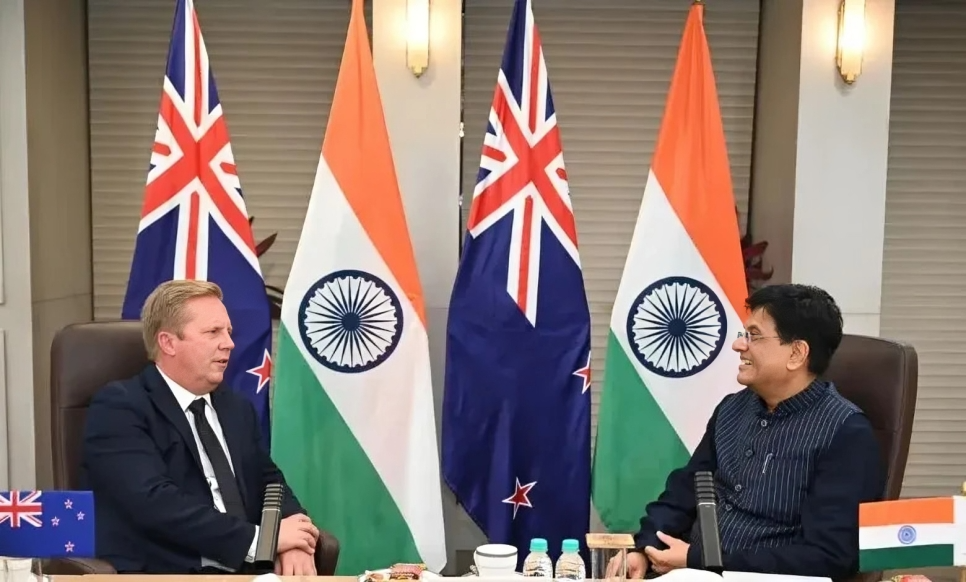Forging New Corridors: How India is Cementing Its Trade Footprint in the Middle East
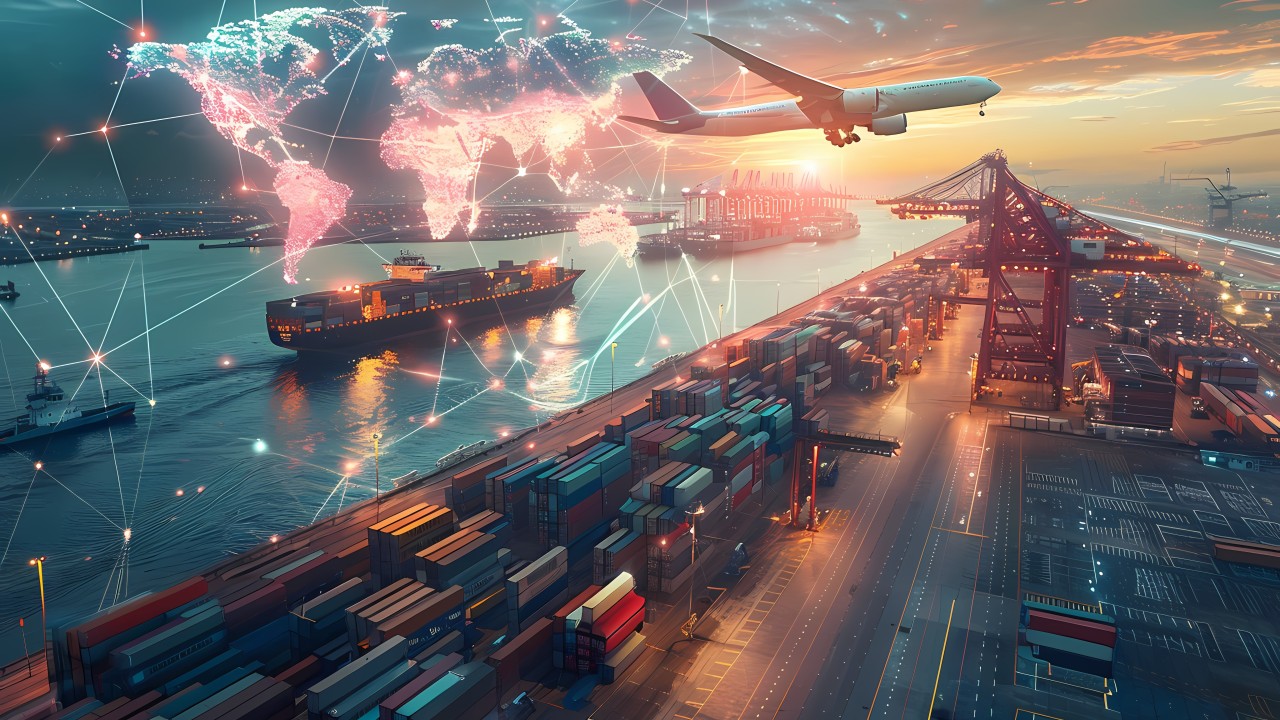
India is undergoing a quiet but powerful transformation in how it approaches global trade. Rather than merely exporting goods, the country is now focused on building long-term industrial linkages with key global partners. Nowhere is this shift more visible than in its relationship with the United Arab Emirates (UAE), which is fast becoming India’s most critical gateway to the Middle East and beyond. In 2024, the UAE ranked as India’s third-largest global trading partner, with total bilateral trade valued at 97.9 billion US dollars. But this number only tells part of the story. What is happening today is not just about trade volumes it is about redefining how India trades, builds, and integrates with global supply chains.
At the heart of this transformation is the steel sector. During the recent Steel & Alloy Industry Symposium held in Dubai and hosted by the Indian Business and Professional Council (IBPC Dubai) in partnership with the Consulate General of India, Indian policymakers, business leaders and state-run enterprises laid out a clear and ambitious roadmap. The event was led by Union Minister for Steel and Heavy Industries, Shri H. D. Kumaraswamy, who emphasized that India’s steel capabilities are not just meant to meet domestic needs but are also central to the country’s expanding global trade strategy. The UAE, with its massive infrastructure projects and consistent demand for high-quality steel products, has emerged as a key market that aligns closely with India’s strengths.
Steel as a Strategic Lever
India is currently the second-largest producer of steel in the world and has set an aggressive target to double its trade volume from 150 million tonnes to 300 million tonnes. This ambition is backed by a significant national infrastructure budget of ₹11.1 lakh crore, which supports the expansion of steel production, encourages innovation in alloy manufacturing and strengthens domestic industry linkages. While this capacity growth is helping to build roads, bridges, ports and smart cities within India, it is also being positioned to meet the growing needs of the Gulf Cooperation Council (GCC) countries.
The UAE alone imported over 10 million tonnes of steel in 2024, making it the largest importer of steel in the GCC region. Its demand stems from large-scale development projects, including smart cities, commercial real estate, renewable energy infrastructure and mega transportation networks. These align perfectly with India’s steel product portfolio, especially long products and structural steel, manufactured by companies like Tata Steel & SAIL and a host of mid-sized exporters.
However, the shift is not just about exporting more steel from India to the UAE. It is about reimagining how and where Indian companies operate. State-run enterprises such as SAIL and MECON Limited have already established a local presence in the UAE. This move signals a strategic shift towards setting up base in the region itself. By operating from within the UAE, Indian firms can reduce logistics costs, improve delivery timelines and respond faster to evolving project needs. This localization also helps in forging deeper ties with buyers and project developers in the Gulf.
Building a Virtual Trade Corridor for Faster, Transparent Trade
One of the most groundbreaking developments in India-UAE trade relations is the creation of a Virtual Trade Corridor between Jawaharlal Nehru Port (JNPT) in India and Jebel Ali Port in Dubai. This corridor aims to completely transform how goods move between the two countries. It includes real-time customs integration, digitized document processing and end-to-end cargo tracking. These features are being developed in partnership with global logistics players like DP World, who are working to reduce transit times, improve transparency and eliminate procedural delays.
On the policy side, a high-level workshop between India’s Central Board of Indirect Taxes and Customs (CBIC) and Abu Dhabi Customs has already taken place. The discussions focused on integrating digital customs systems, enabling real-time data sharing, and streamlining customs clearance through the MAITRI platform. MAITRI is a middleware technology developed to link India’s and UAE’s national systems in a secure and interoperable manner. This platform will allow for faster processing of shipments, reduce documentation errors and help exporters comply with regulations with minimal friction.
The expected result of these efforts is the creation of a highly efficient, tech-driven trade ecosystem that benefits not only large corporations but also small and mid-sized exporters who often face difficulties in navigating complex cross-border logistics. By cutting down red tape and making digital platforms the default mode of trade, this corridor will lower operational costs and open new growth opportunities for Indian businesses.
What It Means for India’s Small and Medium Enterprises
While the headlines often focus on large firms like Tata Steel and SAIL, the real economic opportunity lies with India’s SMEs. These businesses form the backbone of India’s manufacturing ecosystem and are now being given access to markets and systems that were previously out of reach. The Gulf region, particularly the UAE, needs not just bulk steel but also a wide range of fabricated metal products, structural components, electrical fittings, auto parts and machinery sectors where Indian SMEs have deep capabilities.
However, several barriers still exist. Export incentive gaps, delayed payments and complicated customs procedures have historically limited SME participation in global trade. Many smaller firms also lack the financial flexibility or digital infrastructure to compete for large-scale contracts. At the Dubai symposium, these issues were openly discussed. Indian industry leaders and government officials acknowledged the need to create better support systems.
To address these issues, there is a growing push for the creation of a centralized digital procurement platform that connects UAE-based buyers directly with Indian suppliers. There are also efforts underway to develop risk-sharing payment frameworks and revise export incentive schemes to better align with India’s Comprehensive Economic Partnership Agreement (CEPA) with the UAE. IBPC Dubai is currently working on a whitepaper that will outline policy and commercial recommendations aimed at making Indian SMEs not just exporters but embedded players in the Gulf economy.
The Broader Impact Across Indian Industries
This India-UAE industrial corridor goes far beyond the steel sector. It has the potential to reshape multiple industries across India by offering new markets, faster logistics and stronger digital infrastructure. Here are five sectors that stand to benefit significantly:
1. Steel and Engineering Products: India’s long steel products, fabrication services and engineering components will see rising demand from UAE-based construction and energy projects. EPC contractors and capital goods manufacturers will also benefit from turnkey assignments in the region.
2. Manufacturing SMEs: Indian small businesses producing auto components, electrical systems, plumbing solutions, building materials and industrial machinery now have easier access to Gulf markets through better logistics, reduced documentation and potential procurement partnerships.
3. Logistics and Freight Services: With direct port connectivity and simplified customs processes, Indian logistics companies, freight forwarders and warehousing firms will see new opportunities to expand their services and set up operations in the UAE.
4. Digital Trade and SaaS Providers: Firms developing customs automation tools, trade finance platforms, blockchain-enabled compliance solutions and integrated supply chain tech will be able to offer services across the corridor and scale internationally.
5. Public Sector and Infrastructure Firms: As SAIL and MECON pave the way, other PSUs and large engineering and infrastructure firms are expected to tap into the Gulf’s infrastructure pipeline through consultancy services, co-development projects and regional offices.
From Trade Route to Growth Engine
The evolving partnership between India and the UAE reflects a broader shift in how nations build economic relationships. This is no longer about shipping products from one port to another. It is about integrating industries, sharing digital infrastructure and co-developing value chains that support mutual growth. The corridor being built is not just physical. It is digital, strategic and future-ready.
As regional supply chains continue to evolve post-pandemic and amidst shifting geopolitical alignments, India is positioning itself not just as a low-cost supplier but as a trusted industrial partner. The UAE, with its strategic location and strong logistics infrastructure, offers India the ideal launchpad for expanding deeper into the Middle East, Africa and eventually Europe through the India–Middle East–Europe Economic Corridor (IMEC).
As Dr. Sahitya Chaturvedi, Secretary General of IBPC Dubai, put it, “Our mission is to turn trade friction into flow and intent into industrial impact.” That mission is already underway.
For Indian businesses especially SMEs across manufacturing, logistics and digital services the message is clear. The gateway to Gulf growth is no longer guarded. It is open, expanding and ready for those prepared to build, export and grow with purpose.



